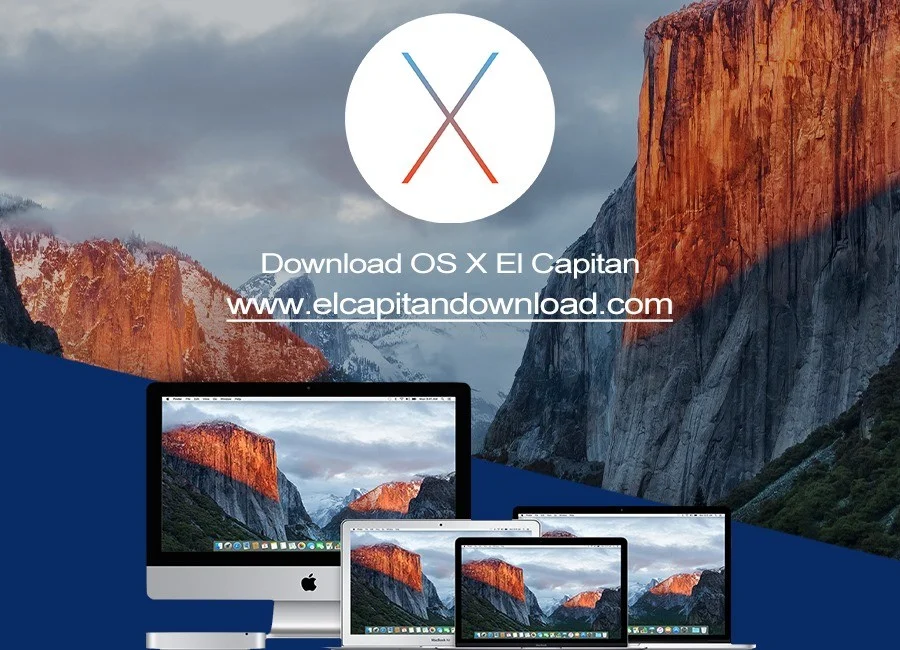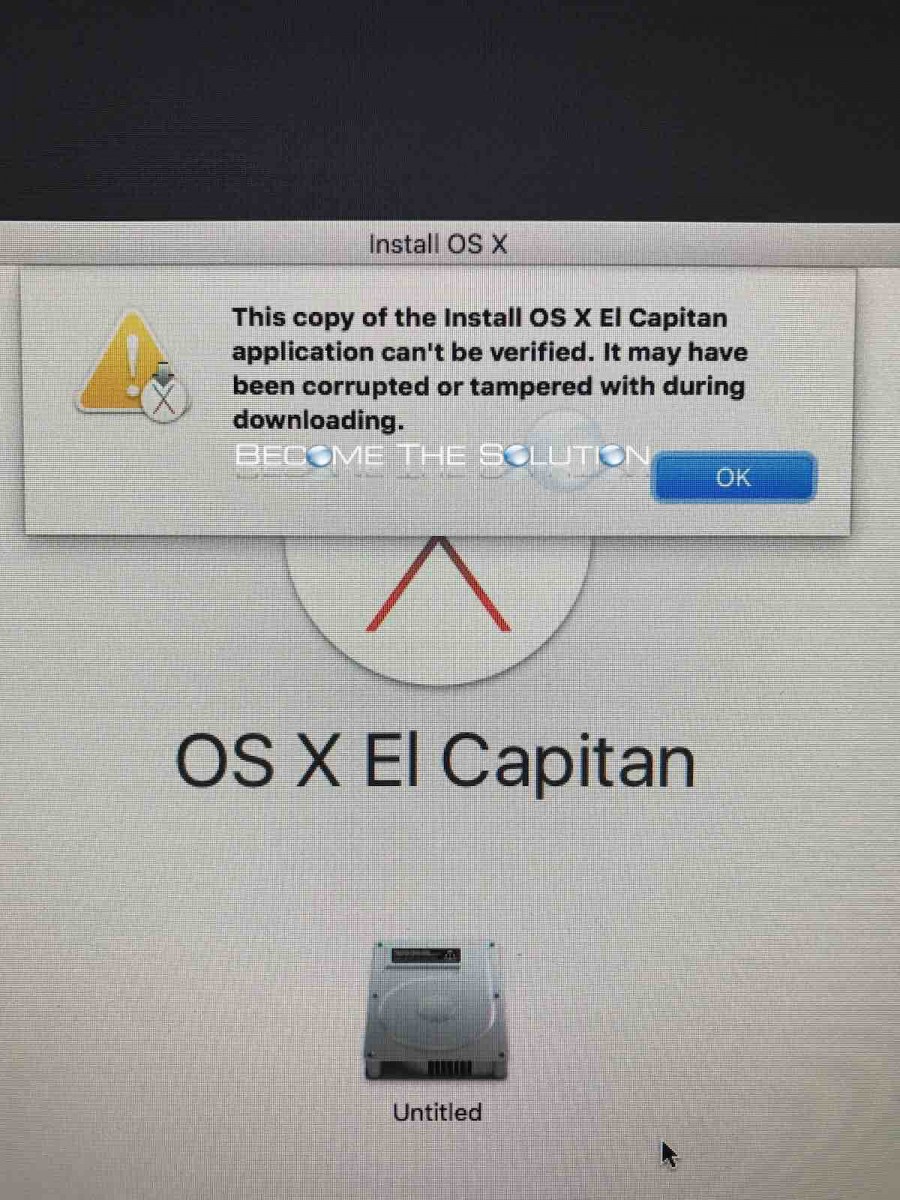With quite 89 million users—consumers, scientists, animators, developers, and system administrators—OS X is the most generally used UNIX® desktop OS. In addition, OS X is that the only UNIX environment that natively runs Microsoft Office, Adobe Photoshop, and thousands of other consumer applications—all side by side with traditional command-line UNIX applications. Tight integration with hardware— from the sleek MacBook to the powerful Mac Pro—makes OS X the platform of choice for an emerging generation of power users.
Working framework X El Capitan is as of now open for straightforward download and at present, this new change is known to all. This advantageous downloading opportunity is at present by and large grabbed excitedly by the submitted Mac owners as they can acknowledge benefits with the latest type of OS X presented. Besides Mac, OS X EL Captain also offers unexpected yet shocking points of interest over PC. At any rate, presenting MAC OS X on non-Apple gear is to some degree repetitive and snared.
- After the code, you are ready to install the Mac OS X El Capitan. The installation process is very simple. It involves creating a new user account, selecting region, time and language preferences. After the installation, you can now run the OS X El Capitan on virtualBox on a PC. Mac Os X El Capitan Virtualbox Image Download Virtualbox.
- Download the latest version of Malwarebytes for Mac. Note: If you are running OS X El Capitan 10.11, download this version of Malwarebytes for Mac. Locate the downloaded file Malwarebytes-Mac-4.x.y.zzz.pkg. 4.x.y.zzz represents the version number. In most cases, downloaded files are saved in the Downloads folder.
- Sep 30, 2015 Official OS X El Capitan Installer from the Mac App Store. Un-archive the zip archive and you will get the app Installer. A bootable ISO or bootable USB can be made from this installer. Instructions on how to do that are on the Internet/Youtube.
Preparing Mac Device for the Installation of Mac OS X El Capitan Both Mavericks and Yosemite are easier to download and install on Mac devices, however, this is not the case with Mac OS X El Capitan. You’ve got two problems. First you can only obtain El Capitan from the Mac App Store, and that requires using a Mac running Snow Leopard or later. The link is here: Connecting to the Mac App Store Second problem is creating a bootable USB drive.
You would be happy to understand that, this latest development is permitted to all. Its current open interpretation is exclusively planned to meet private net surfing issues viably.
Right when you are proposing to run Mac OS X 10.11 EL Capitan on VirtualBox and that too on windows, it will butcher a limited quantity of your extra essentialness yet when done it is awesome.
There are two recommended installation methods for El Capitan download and install on your Mac PC or Laptop recommended by the Apple. Before use those installation methods you should need to have free space (around 12 GB) on your drive for keeping the installation files when installation is processing.
Also Read:-How to Install macOS High Sierra on Virtualbox
- Aug 21, 2019 Mac OS X El Capitan 10.11.1 DMG Mac. Mac OS El Capitan was released to manufacturing on 20th September 2015, almost three and a half years ago. Its latest version 10.11.6 (15G22010) was released on 9th July 2018, almost 7 months ago. It runs on the platform including x86-64.
- Oct 03, 2015 This is a clean install done right, instead of making it complicated, showing files, hiding files, mounting Base Systems DMG, etc. This is just a copy and paste command into terminal.
Overview of Mac OS X El Capitan on Virtualbox on Windows
The power technologies in OS X El Capitan were built with the capabilities of recent processors and therefore the demands of recent apps in mind. The new power technologies work together to realize substantial power savings while maintaining—and in some cases even improving—the responsiveness and performance of your Mac.

These technologies are rooted during a few key principles:

El Capitan Dmg File
- Just work for existing apps. No changes to applications should be needed, though small changes may facilitate additional power savings.
- Keep as many processor cores idle as possible given the demand for CPU.
- When on battery power, only work that the user is requesting or that’s absolutely essential.
USB Power Management
Traditionally, USB device power management is completed manually, with a function driver making explicit suspend or resume calls on a USB device service. This is often error-prone and leads to overly complex driver code to manage the power state.
USB in OS X El Capitan has been completely implemented to profit from an equivalent USB architecture and aggressive power management policy adopted by iOS. Each endpoint in a device is often given an idle timeout in milliseconds, and an endpoint is taken into account idle if a lively transfer hasn’t completed within that timeout. The device has an idle state also, which may be a logical AND of the idle state for the endpoints related to the device. Only the device idle timeout expires does the OS pause I/O on the bus and electrically suspend the device at the port.
The idling system is a crucial advance because drivers don’t have to actively participate in power state transitions.
El Capitan Dmg Apple
System Integrity Protection
System Integrity Protection may be a policy introduced in OS X El Capitan to assist prevent malicious software from performing harmful actions on your Mac. System Integrity Protection prevents software from modifying files and folders owned by the system, albeit the software is run because of the administrator or with root privileges.

Examples of paths within the filing system that are protected include the following:

Install El Capitan From Dmg
- System folder
- /bin/
- /sbin/
- /usr/ (with the exception of /usr/local/)
Download El Capitan Dmg
In addition, System Integrity Protection prevents modification of applications and utilities that are installed with OS X and prevents changes to your boot volume without your data.

Data Compression
Four different compression algorithms are supported, giving developers a choice between speed, compression rations, and interoperability with non-Apple devices.
LZ4
LZ4 is a particularly high-performance compressor. OS X implements encoder support at level 6 only. It uses a dictionary compression scheme and features a high compression ratio and a variable compression dictionary size.
ZLIB
Zlib may be a lossless data compression library to be used on a spread of operating systems. OS X implements a ZLIB encoder at level 5, which provides an honest balance between compression speed and compression ratio.
Following are the installation along with the interfaces steps:
Mount Installer DMG record to macOS
- hdiutil interface/Applications/Install OS X El Capitan.app/Contents/SharedSupport/InstallESD.dmg – no verify – no browse – mount point/Volumes/Install
Make a DMG Disk
- hdiutil make – o/tmp/elcapitan – size 7900m – volname elcapitan – design SPUD – fs HFS+J # hdiutil affix/tmp/elcapitan.dmg – noverify – mountpoint/Volumes/elcapitan
Copy Installer to new Disk
- asr restore – source/volumes/Install/basesystem.dmg – target/Volumes/elcapitan – no prompt – no verify – erase
- # rm/Volumes/OS X Base System/System/Installation/Packages
Download Mac OS X El Capitan on Virtualbox on Windows
You can download the Mac OS X El Capitan on Virtualbox on Windows by accessing the link below. Also, make sure that you have enough back up before you proceed with the same. There are a lot of duplicate ISO images on the market and it is best to download the same from a trusted source.
I’m sorry to hear about the issue you are having with what I imagine you expected to be a straightforward install; that’s always frustrating. I’m sure we can help you out, but before we dive in it may be good to establish what we are working with:
1. Were you able to successfully copy your files to the external hard drive as you noted? Do you have any other full or incremental backups of your system from prior to the install, like in Time Machine?
2. What are you seeing when you try to reinstall from Recovery? Is it giving you an error, or is it just hanging/failing? If you are seeing an error, what does it say specifically?
3. Similarly, what are you seeing when you try to verify/repair the disk? Is it saying that the disk is fine, is it finding repairable errors, or is it failing because it cannot repair the disk?
Again, I’m sorry to hear that this happened, but we should be able to get you pointed on the right track.
Download And Install El Capitan Operating System
Oct 1, 2015 3:01 PM